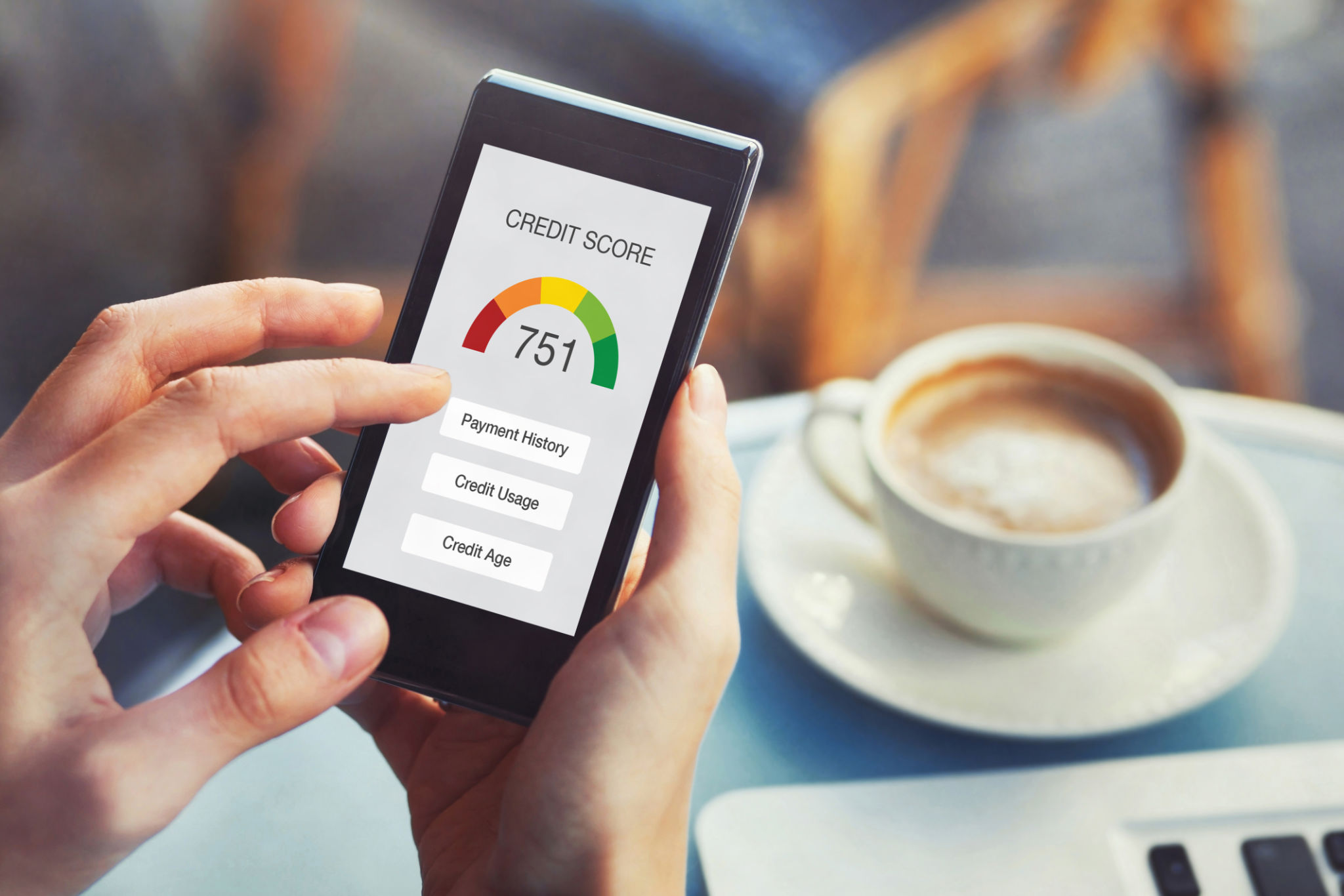DIY Credit Repair Kit: Steps to Improve Your Credit Score
Improving your credit score can feel like an overwhelming task, but with a well-organized DIY Credit Repair Kit, it can become a manageable and rewarding project. A better credit score opens doors to lower interest rates, better loan terms, and increased financial opportunities. Let's walk through the steps to enhance your credit score independently.
Understand Your Credit Report
The first step in repairing your credit is understanding your credit report. You can obtain a free copy of your credit report annually from each of the three major credit bureaus: Equifax, Experian, and TransUnion.
Once you have your reports, review them carefully for accuracy. Look for any discrepancies or errors that could be negatively affecting your credit score. Common errors include incorrect personal information, account status inaccuracies, and outdated data.

Dispute Any Inaccuracies
If you find errors in your credit report, it's crucial to dispute them with the credit bureau. You can file disputes online, by phone, or via mail. Provide documentation that supports your claim to increase the chances of a successful revision.
Disputes are typically resolved within 30 days. Once resolved, if the error is removed or corrected, you should notice an improvement in your credit score.
Pay Down Outstanding Debts
Your debt-to-credit ratio, or credit utilization, significantly impacts your credit score. Aim to keep your credit utilization below 30%. Paying down outstanding debts can help you achieve this goal.
Start by focusing on high-interest debts first. This approach not only helps improve your credit score but also saves you money in the long run. Consider creating a budget to allocate extra funds toward these debts.
Establish a Consistent Payment History
Payment history accounts for a substantial portion of your credit score. Ensure that all future payments are made on time. Setting up automatic payments or reminders can help you maintain a consistent payment history.
If you've missed payments in the past, getting current and staying current will gradually improve your credit score over time.

Consider Diversifying Your Credit Portfolio
A diverse mix of credit accounts can positively impact your credit score. If you only have one type of credit account, consider diversifying. For example, if you have only revolving credit like credit cards, think about adding an installment loan such as a car loan or mortgage.
However, be cautious not to open too many new accounts at once, as this can negatively affect your credit score temporarily.
Monitor Your Progress
Regularly monitor your credit report and score to track your progress. This practice helps ensure that any improvements are accurately reflected and keeps you informed of any changes or new errors that may arise.
Many financial institutions offer free credit monitoring services, or you can use dedicated services to keep an eye on your score.

Repairing your credit takes time and patience, but with a clear plan and consistent effort, you can achieve a healthier financial future. Utilize this DIY Credit Repair Kit as a guide to improve your credit score and unlock better financial opportunities.